Recently the Natural History Museum and the Audubon Society published their award winning photographers for 2015. As I visited the Natural History Museum's traveling exhibit here in Detroit, Michigan, I was held captive by the beauty photographed by many talented photographers. On January 6, 2016 Audubon published their 2016 bird photography contest information. At the forefront was the article: Audubon's Guide to Ethical Bird Photography.
As a bird and wildlife photographer, it is encouraging to see leading organizations, their followers and many professional photographers take a positive stand in the protection, safety and well being of the subjects that bring us so much joy.
~ They are wild. ~ They are beautiful. ~ We need and want them to flourish. ~
At the same time, that there are some unethical photographers and even some photography groups who are quite frankly, selfish. These are the few that work to ‘get the great shot' by taking actions that puts the bird or animal at great risk.
When you don't have ethics, you don't have authenticity.
Consider the beautiful snowy owl that had an eruption (flying outside their normal range) in the United States a few years ago. Bird photographers (including me!) were giddy with excitement. Beautiful images were captured from many photographers. While many photographers were getting terrific photos ethicially, that's when I became more aware of the few photographers that would bait snowy owls (and other wildlife) to get great shots. While bating is not the norm, it does occur.
Baiting with food for a photograph, luring artificially, capturing for studio photography are all examples of bad ethics. For more information about the harmful effects of these activities, read Nathaniel Smalley's article: An Observation of Ethics.
I'm not implying that the majority of individuals are unethical. Quite the contrary, I believe that the majority of nature photographers are interested in preserving and protecting nature. This is simply an opportunity to promote ethical and authentic nature photography.
Great photos of birds and wildlife happen every day. The three tips below offer ideas on how to get great bird shots that considers the birds (and animal's) safety.
Finding Birds to Photograph:
Local hotspots, nature preserves, nature conversation and protected lands:
There are many areas where common and uncommon birds can be found at photographic distances. The immature horned owl below was taken at the Ladybird Johnson Wildflower Center Preserve in Austin, Texas. Near the entrance is a breeding pair that nests there each year. The location and visibility was terrific. The birds were safe, not stressed and many people had the privilege of seeing these babies grow in their natural habitat.
Nature viewing areas and boardwalks, national and state parks are abundant. Photographers can get close, detailed photos without impacting bird's safety or habitat. Check with your local Audubon Society, Department of Natural Resources, eBird and Nature Parks for recent sightings.
Destination locations:
Each year, migration season fills the trees with migrating birds that fly thousands of miles to nest, breed and raise their young. Your location will determine which birds you'll see. There are birding hotspots across the states and geographic regions. In the midwest, it's Magee Marsh. In Florida, it's coastlines and wetlands. There's the Texas Birding Trail that takes you through diverse birding habitats.
In Your Neighborhood:
Bird photography can also be as close as your own back yard, neighborhood parks and areas where birds are used to people. When visiting my parents in Arkansas, a Yellow Bellied Sapsucker flew in – thankfully the camera was on my shoulder. When out and about, keeping your camera gear with you is one way to help ensure you take advantage of your local bird photography opportunities.
Non-profit Organizations that Rescue Birds:
There are Rescue Organizations that have rescued and rehabilitated birds for release – some of these may allow a few photographers to take photos of the release in action. Some rescued birds have sustained injuries where they can't survive on their own. They are cared for daily by these rescue organizations. Because they are handled frequently and become used to human interaction, these birds may be used for local education and small photography workshop opportunities. If taking photos of these birds and posting/publishing, always note that it was a captive bird. Another suggestion is to include the non-profit's name in case others want to donate as these groups are in need of support.
Approaching:
While ‘not scaring the bird' may sound obvious, how not to scare the bird takes patience and there are never guarantees that the most guarded of steps will get you in photographic range.
I watch the bird for a few minutes to determine if it sees me and is relatively calm or if it's a bit jiffy (hopping from limb to limb a lot). Is it approaching me or going away? Birds are naturally curious. They may jump around but a lot of times they come back to the same limb or nearby spots.
If an area is a hot spot, such as Magee Marsh near Oregon, Ohio, staying in one spot for a period of time has its rewards. Within a 30 minute time frame I photographed a Pine Warbler, Black-throated Blue, Chestnut-sided warbler and a Catbird. For more information about this area and migration, The Biggest Week in American Birding is a bird photographer's destination. Sure it's crowded, but the birds don't mind.
Related article: Birding the Warbler Capital of the World, Magee Marsh
Photographing Birds With Safety and Ethics in Mind:
Invest in a telephoto lens to get the reach. Nikon, Canon, Tamron and Sigma produce telephoto lenses that are affordable and deliver quality. Kit lenses such as the 70-300, 55-300 are sold bundled with DSLRs. They are lightweight, relatively fast in good light. Tamron, Sigma produce 150 – 600mm for Canon, Sony and Nikon at an relatively affordable price. Nikon's 70-200 f2.8 with a 1.4III teleconverter is another choice for birds that are closer in proximity as is it a bit shy on reach. The bird photos in this article were taken with these aformentioned lenses.
Related articles:
Many of you have your own ways photographing birds and wildlife that ensures their safety and yours too, sharing is welcomed. A photograph is never worth putting you or the subject in danger.
And lastly, when something doesn't seem right, it typically isn't. If you see something that isn't right, report it to Park Rangers, Visitor's center, authorities, etc.
Here's to a great and safe year of bird and wildlife photography!
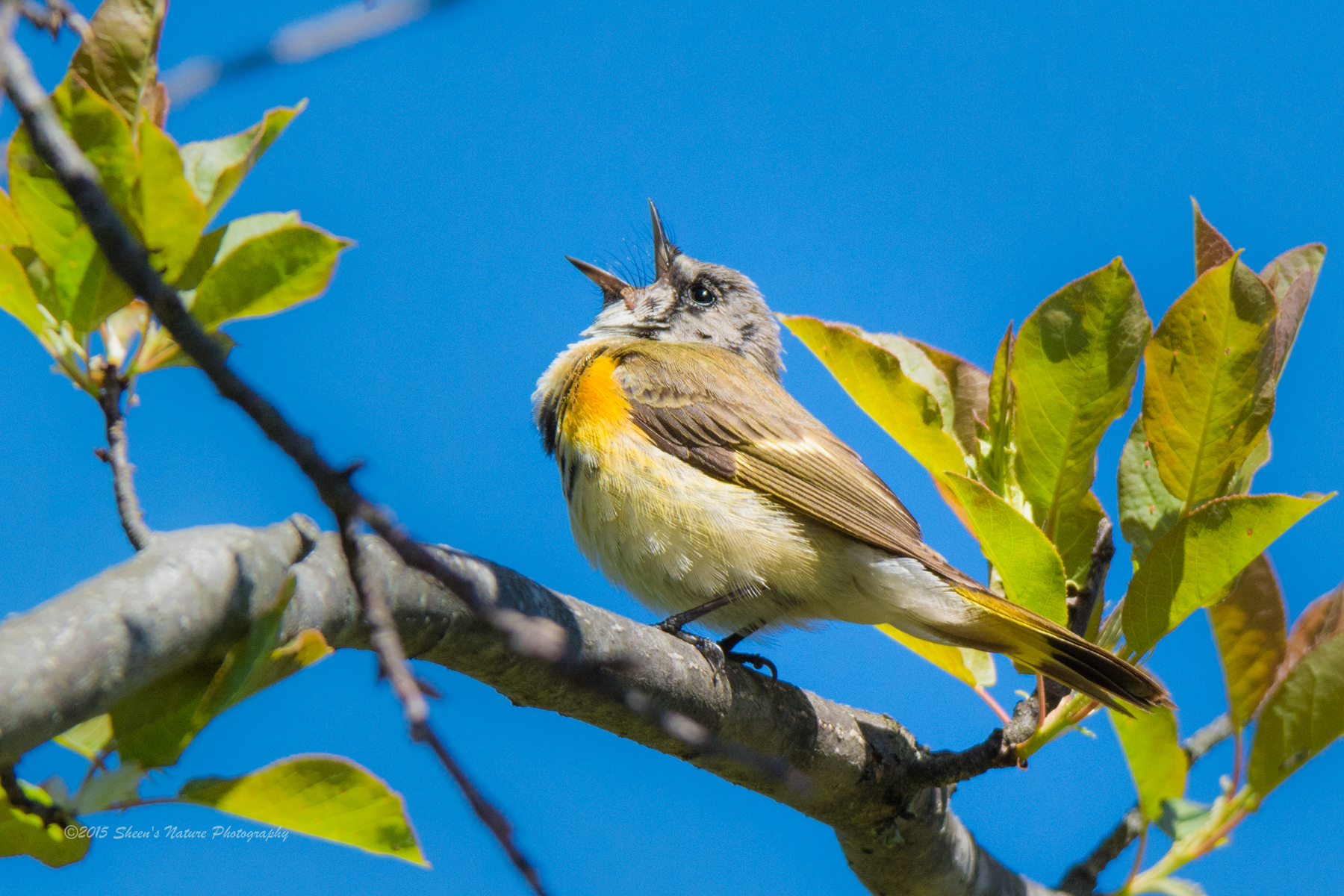
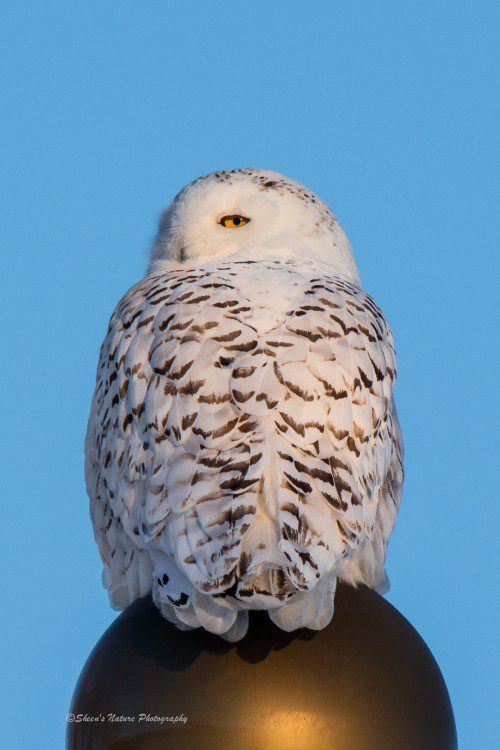
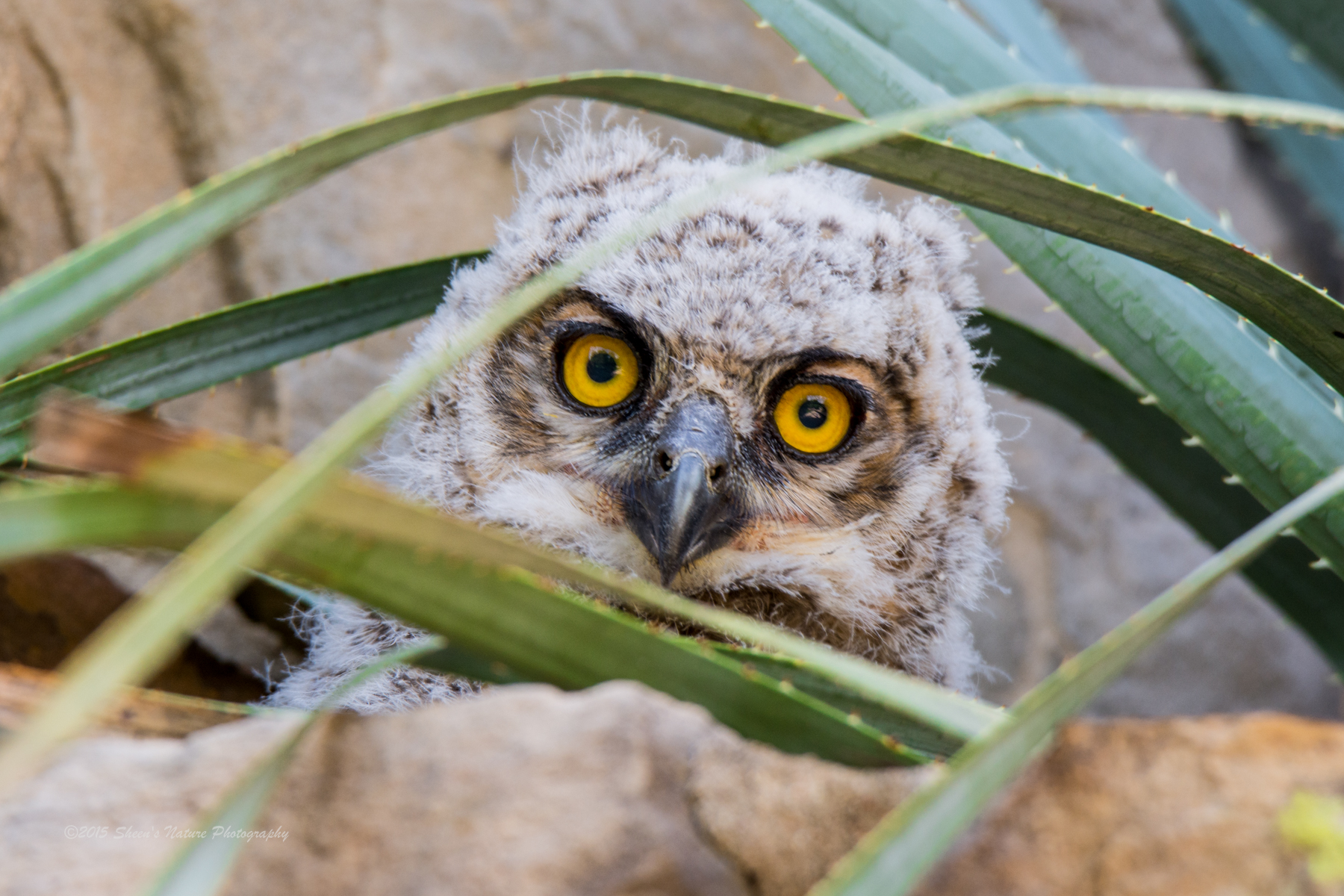
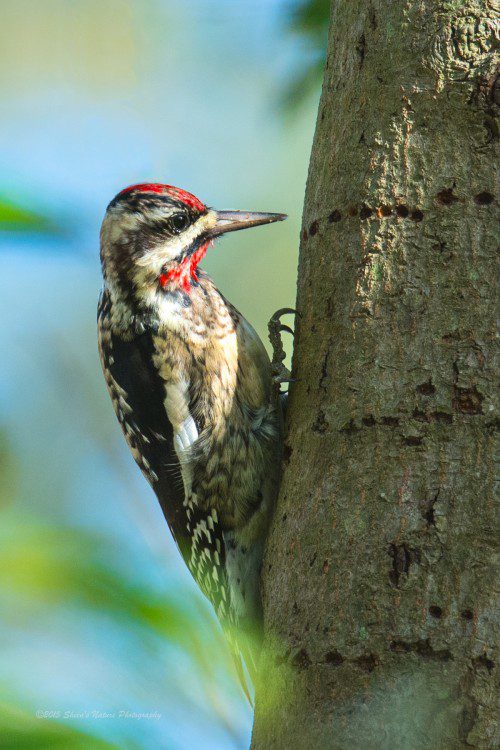
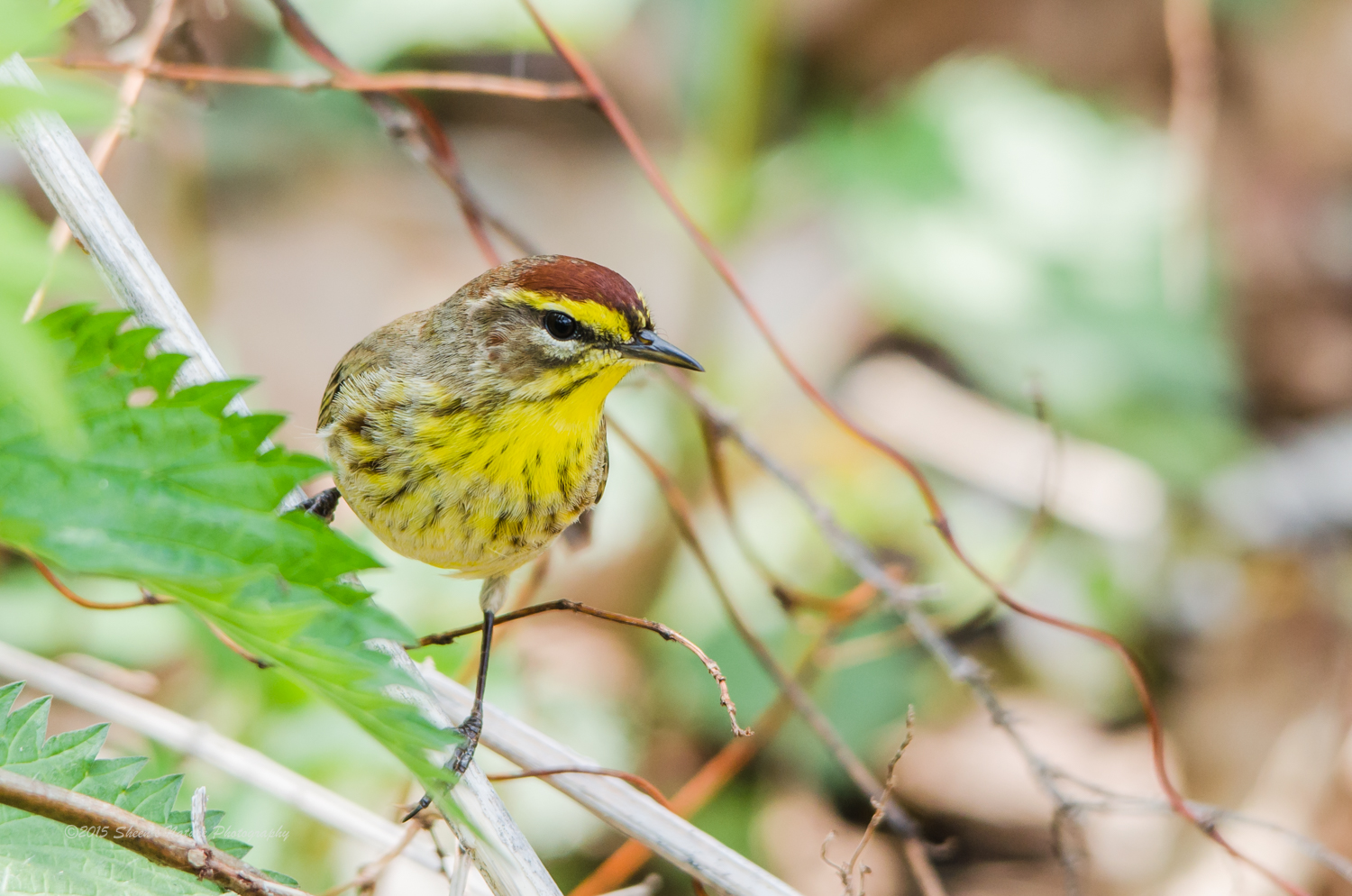

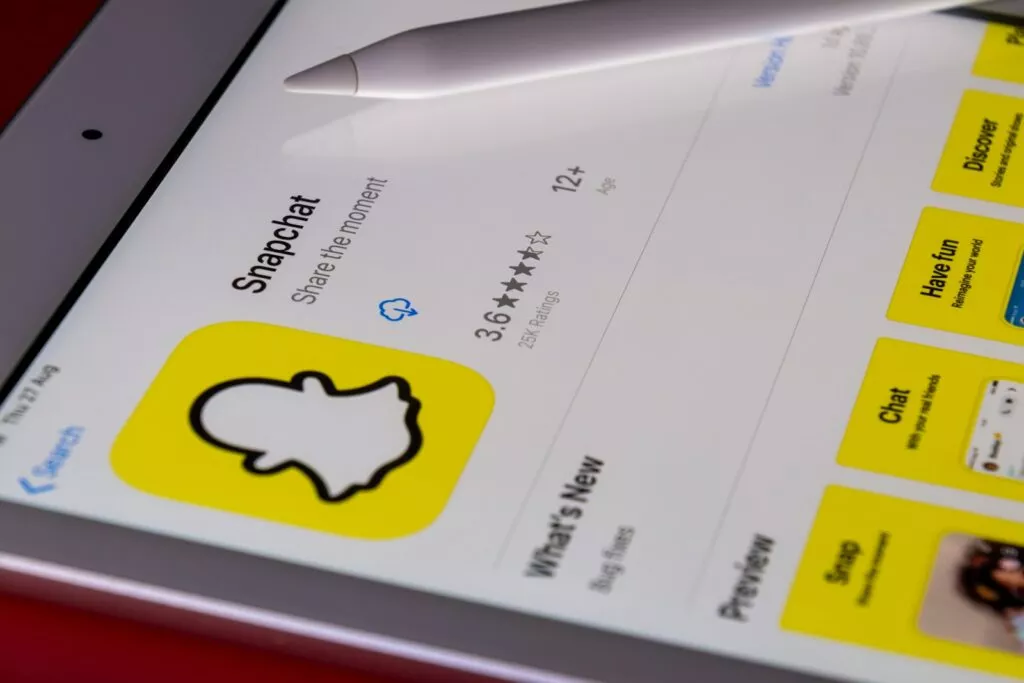


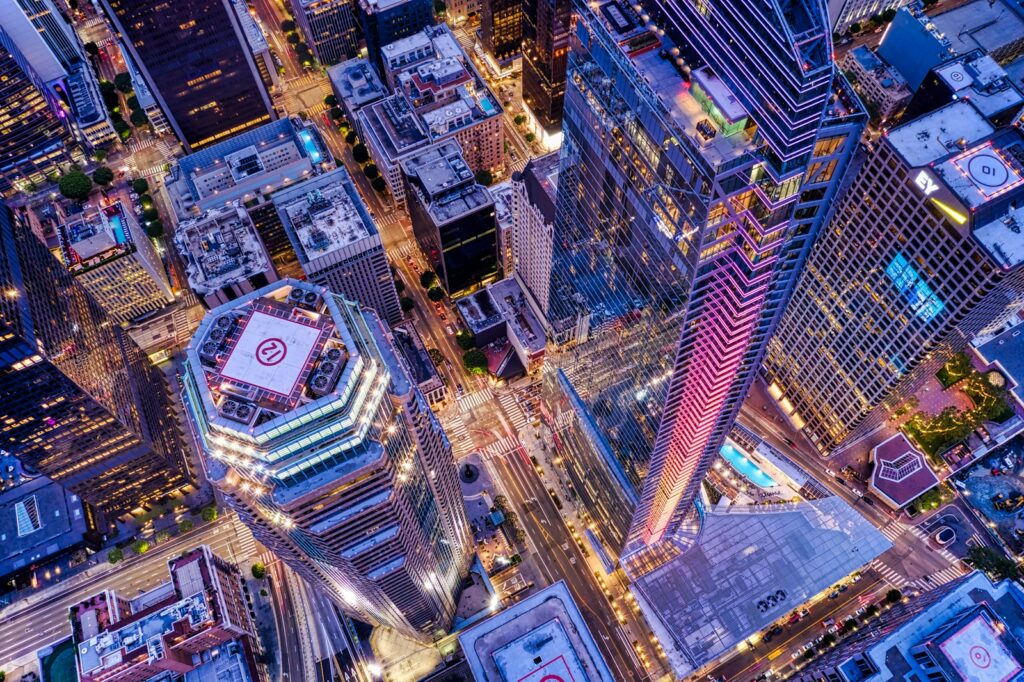
12 Comments
As always, a very good article Sheen. When out making photos, I’m always watching the birds for any kind of stress. Especially during nesting season. I will walk away from a photo rather than stress a bird, causing them to abandon the nest.
I find it comical that the Audubon Society has a Guide to Ethical Bird Photography considering the controversy behind John Audubon’s unethical approach to painting all of those species. And now it even appears that a few of those species were misrepresented or never actually existed.
Hi Wes! Thank you for your comments and acknowledging your approach in photography (awesome!). Yes, thank goodness for the evolution in the process of observing wildlife. It was definitely a barbaric start……binoculars, cameras are much more humane and civilized 🙂
Have a great day!!
I am a newbie to bird photography and have been reading materials online to learn more about it.
I found this answer online while reading article …plans, advice of leading bird photographers of the world, where this was mentioned in his plans.
“Also for 2016, I am working and perfecting on some gadgets that will help in my workshops. I have a remote bathing decoy bird that I use during my songbird workshops to lure birds down to bathe. I have just finished a decoy Ruddy Duck that is on a remote boat and I can control. Inside the duck is a blue-tooth speaker to play the Ruddy call. This will help bird the Ruddys in closer for out Kamloops workshops. I’ve also perfected my decoy Great-horned Owls that I use to bring in raptors. I’m looking forward to a great 2016.”
Now after reading your article I am in dilemma if this comes under ethical or non ethical.
Greetings Viru and I read that article as well. Yes, that one stood out to me as well versus the other photographers talking about the positive actions they take towards animals. The ‘decoy’ and use of recordings is an interesting dilemma. Some think it’s fine…others do not. From a blanket answer standpoint – if it’s breeding and nesting season and the decoys, recordings lure the bird away from the nest, their babies – that’s irresponsible. If it causes a change in behavior, safety, then it’s not cool at all. That article would have been so much better without that photographer’s few sentences as many may ‘use a recording’ as a result of reading that’s the way a ‘pro’ does it without consideration for time of year, other risks. Thanks for reading and replying!
Thansk for answering !
Thanks Sheen, your articles have been a good help to me over the years and this one hits the nail on the head. A couple of months ago a newspaper in Calgary wrote about Grey Owls that seem to be waiting for photographers to come with mice to get the kill shots and it was more along the lines of “are the birds losing their ability to hunt on their own?” I kind of doubt it but it might keep them in an area where their food source has been depleted, as in I’ve never seen raptors hunting in the same location day after day.
the approach to me has always been the most important part, having everything ready to go and not heading directly towards them with no sudden movements and trying to know when to stop, as well as get in and get out asap. are key factors for me.
Heres my latest and thanks again for your posts.
https://500px.com/photo/136025965/short-eared-owl-by-bill-christianson?ctx_page=1&from=user&user_id=14982745
Hi Bill and thanks for your comments and for recognizing that the approach is so crucial! The baiting has so many down sides…getting animals, raptors used to man (how will they know who’s shooting with a camera or something not so nice), spreading of disease, etc. Photographers such as you sharing the right ‘how’ makes all the difference. Just visited your 500px site – fantastic work!!
Interesting article and comments too. I can totally identify myself with this theme. I still find it difficult to reconcile to post processing when there are so many opportunities to get it right in the first place, with the all the accessories.
For months now, I don’t open any door without the camera since the act of even opening the door makes the little fellows disappear behind a leaf no larger than 2-3 cm diameter. Cuter the bird is tougher to catch!
I did not know the bird guys have their own Piltdown man in Audubon’s work!
Yes, the cuter the tougher to get for sure! Thanks for your comments!
One consideration that is not mentioned is cold. Here in Missouri we have many bald eagles that are permanent residents but we also get many transients looking for open water to find fish. I have found that in most areas that if it is an especially cold day the eagles will let you get much closer to them without flying away, but that puts a lot of stress on them and it highlights that they are conserving energy. It is really not worth stressing them today if it will be twenty or thirty degrees warmer later in the week. So I guess that what I am saying is, “Don’t stress the birds at all if you are in a few days long cold snap as they cannot afford the waste of energy to fly away.” I just enjoy the moment from afar and enjoy the peace of sharing space with these magnificent birds.”
Agree – understanding their behavior, habitat is important and the impact of change. Thank you for commenting!!
I am relatively new to wildlife photography and birding. But for me, I decided that it’s just not worth trying to get close for that wildlife shot, and maybe stressing the animal, when I can often get the same shot from a greater distance by going with at least 1260mm of focal length. Moreover, when I sit low and motionless a good distance away with a big lens, the wildlife often ignores me after time passes, and it eventually approaches me for that full frame shot at 1260 mm. For me, patience and focal length are so much more effective than crowding an animal for that shot. That said, every once in a while an animal will unexpectedly jump right out in front of me while hiking, and I will try for that shot. For example, while hiking an established state park trail the other day, a buck with a nice set of antlers jumped out on the trail only a few feet from me and I got the shot. But I was just walking a marked nature trail like any other hiker, and not chasing the buck for that shot.